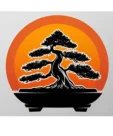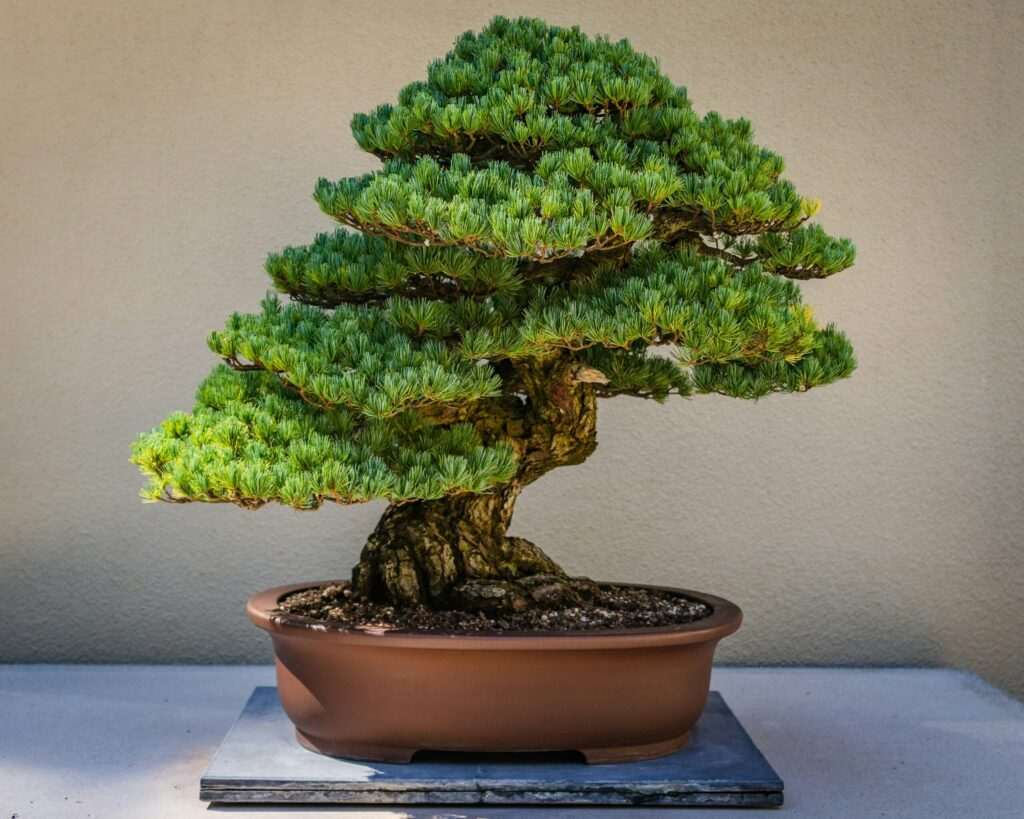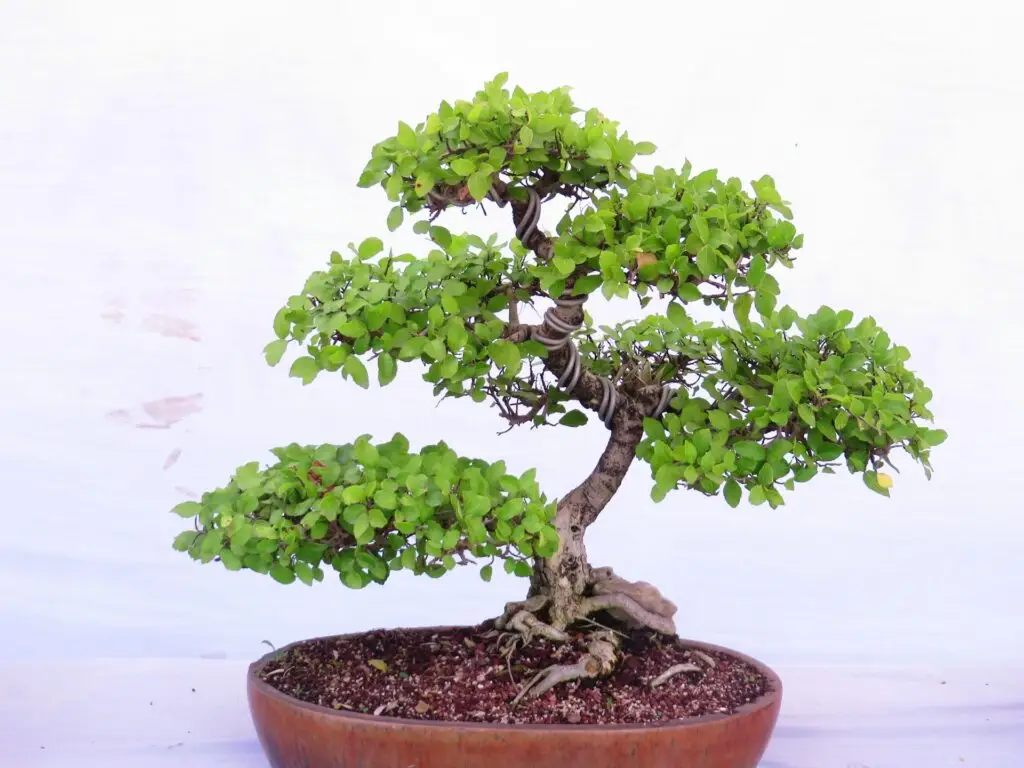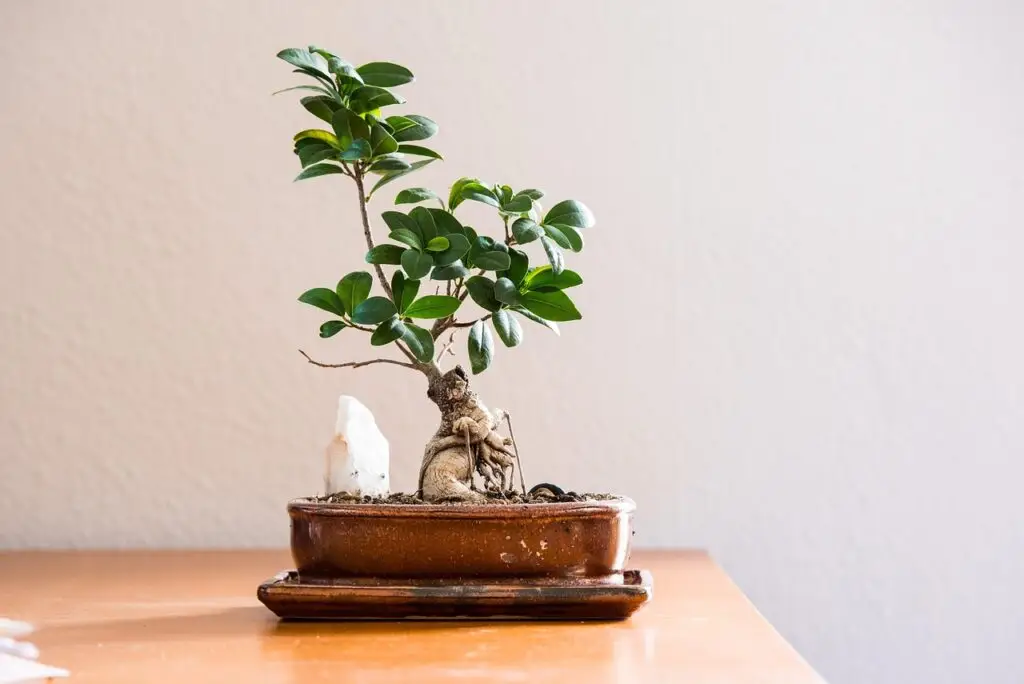Black Pine Bonsai Care Guide By Master Mori, humble guardian of small trees and large truths
In this article we take a look at the Japanese Black Pine bonsai care guide, (Pinus thunbergii) as it is a revered choice among bonsai enthusiasts for its rugged bark, powerful trunk, and classic aesthetic. It symbolizes strength and resilience in traditional bonsai culture, the Japanese Black Pine is often used in formal upright (Chokkan) or informal upright (Moyogi) styles.
Black Pine bonsai requires patience and skill, making it a perfect challenge for advanced growers. With the right techniques, this conifer can become a dramatic centerpiece in any outdoor bonsai collection.
Black Pine Bonsai Care Guide
Quick Overview
| Trait | Details |
|---|---|
| Skill Level | Advanced |
| Best Climate | Cool / Alpine / Temperate Outdoor |
| Light Needs | Full sun |
| Watering | Moderate – allow soil to dry slightly |
| Growth Style | Upright, strong trunk, slow-growing |
Care Essentials
Light
Needs full sun all year round. Ensure the bonsai receives at least 6–8 hours of direct sunlight daily, which is vital for healthy needle and trunk development.
Watering
Allow the top layer of soil to dry out slightly between waterings. Water thoroughly but not too frequently—Black Pines are drought-tolerant, but don’t let them dry out completely.
Soil
Use a very well-draining soil mix. A blend of akadama, pumice, and lava rock in equal parts works well. Avoid organic compost as it retains too much moisture.
Fertilizer
Fertilize with a balanced slow-release fertilizer during the growing season. Reduce nitrogen in late summer to avoid excessive growth and promote needle shortening.
Repotting
Repot every 3–5 years in early spring, just before new buds begin to extend. Avoid disturbing the roots too much; leave some old soil around the root ball if healthy.
Pruning & Shaping
This is where Black Pines shine. Use candle pruning (removing new spring shoots) to control growth and develop density. Wiring is best done in late autumn or early winter, but monitor closely to prevent wire marks on the bark. Needle thinning in late summer improves light penetration and airflow.
⚠️ Black Pine Bonsai Care Guide Common Problems & Fixes
| Problem | Likely Cause | Fix |
|---|---|---|
| Long, leggy growth | Too much nitrogen | Reduce nitrogen and practice candle pruning |
| Yellowing needles | Poor drainage or old soil | Improve soil and check for root rot |
| Weak lower branches | Not enough light or pruning | Increase sun exposure and balance top-to-bottom growth |
Recommended Tools & Products
If you’re just getting started, these basics will do:
❓ FAQs
Can I grow Black Pine bonsai indoors?
No. Black Pines must be grown outdoors in full sun to remain healthy and develop properly.
How do I shorten the needles on my Black Pine bonsai?
Practice needle thinning and candle pruning techniques consistently. Over time, this reduces needle size and promotes compact growth.
Is Black Pine bonsai suitable for beginners?
It’s recommended for advanced growers due to its slow growth and specific pruning requirements.
Related Topics –
Japanese Black Pine bonsai care
Black Pine bonsai pruning
How to grow Black Pine bonsai
Candle pruning bonsai guide
Outdoor bonsai for temperate climates
Best conifer bonsai trees
Explore More Bonsai Wisdom — All Articles
Take the next step on your bonsai journey. Below you’ll find every article we’ve published, thoughtfully grouped for easy discovery.
Beginner Guides
Bonsai Techniques & Tools
Species-Specific Care Guides
New to Bonsai? Subscribe to our newsletter and download our free guide. Master Mori’s Will Show You the Way



